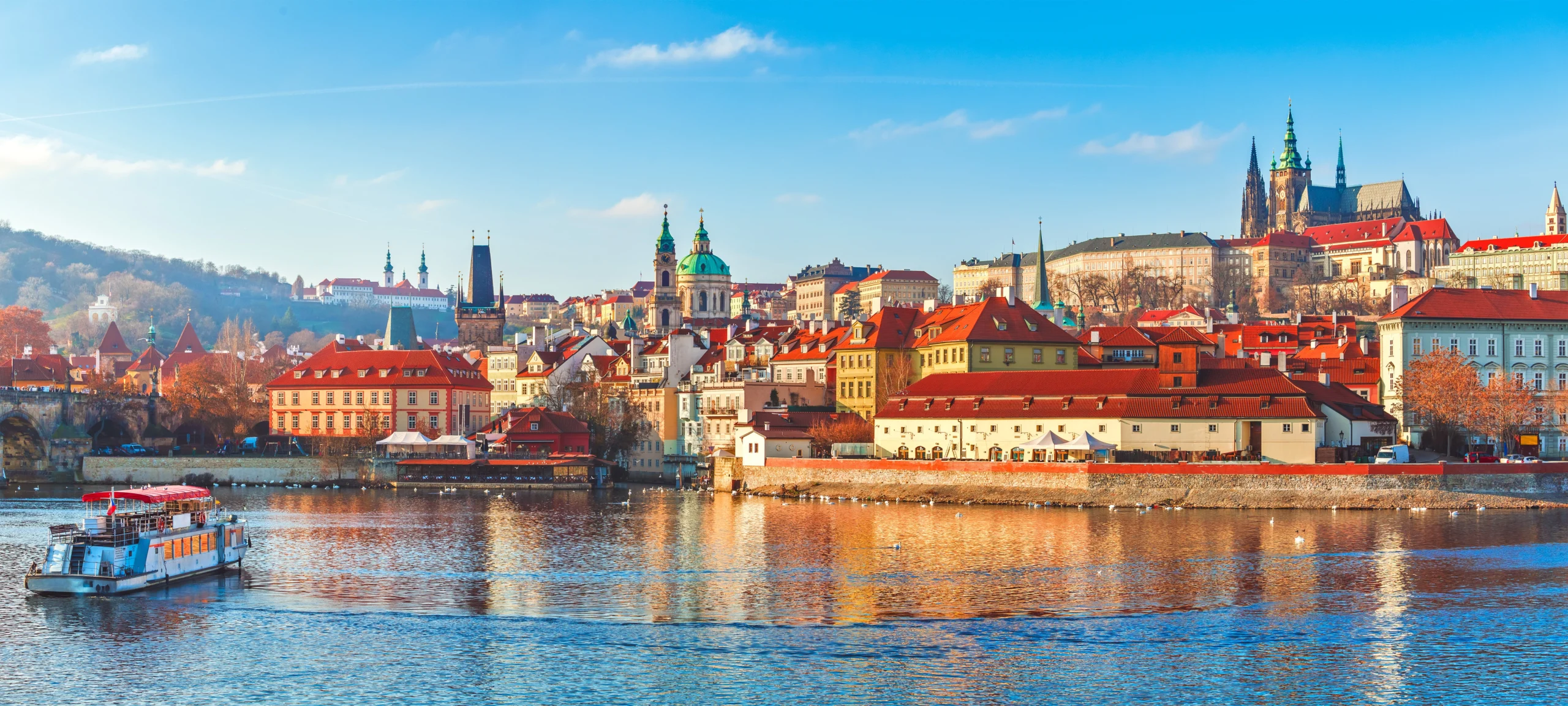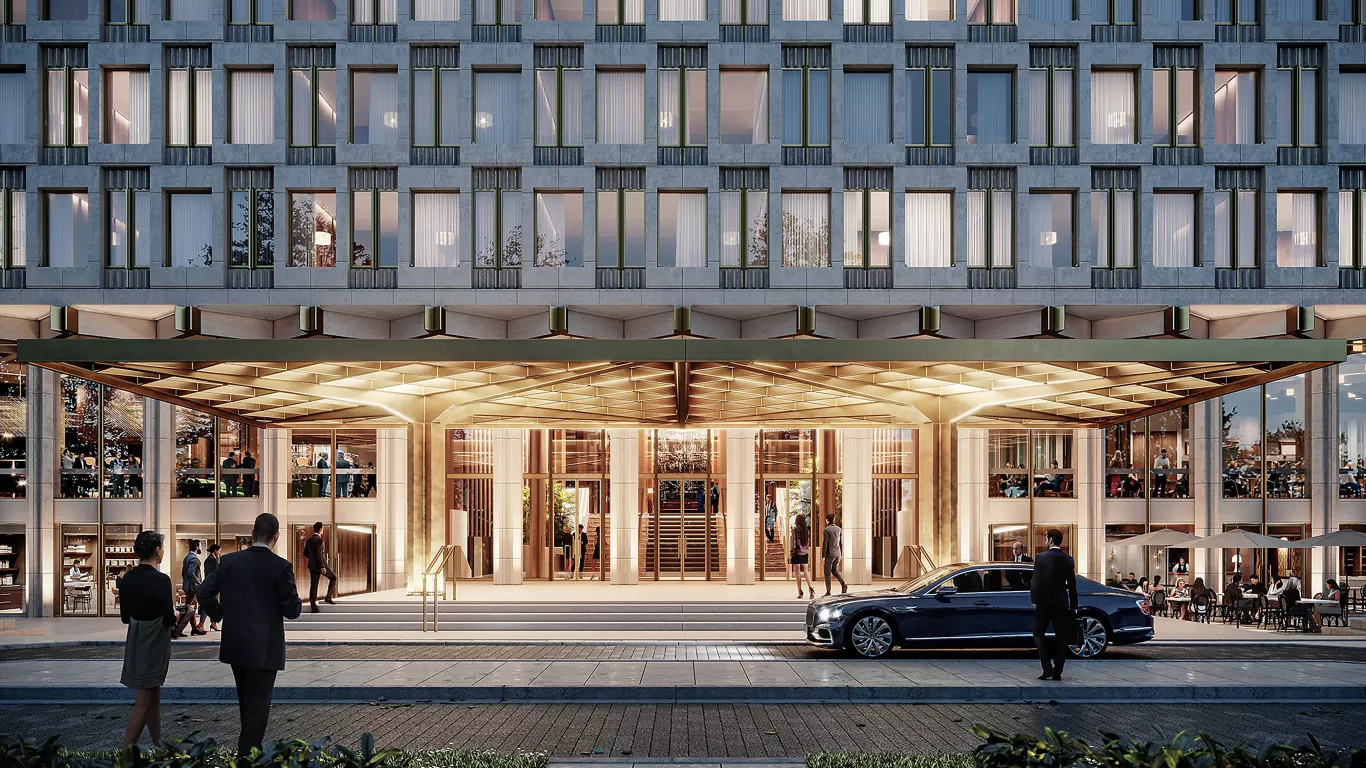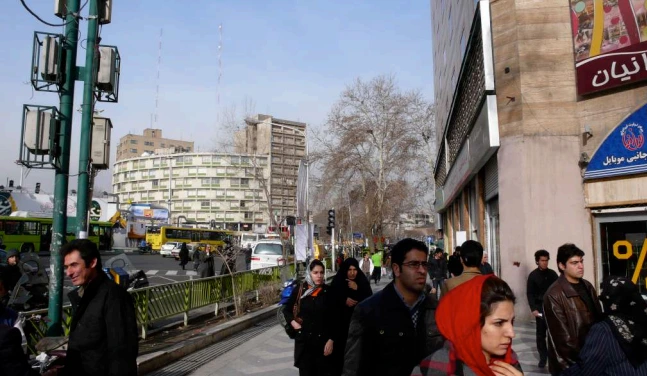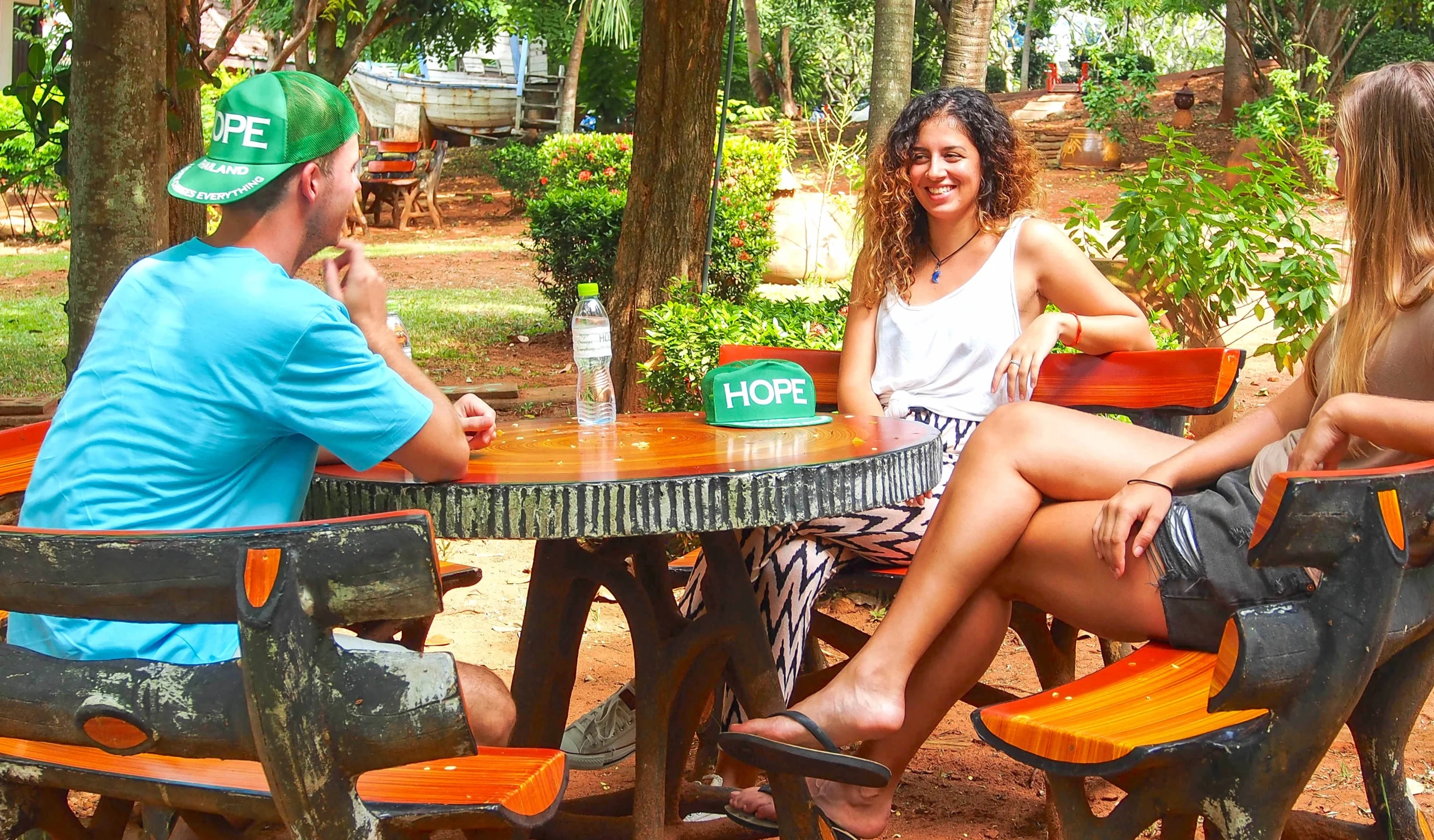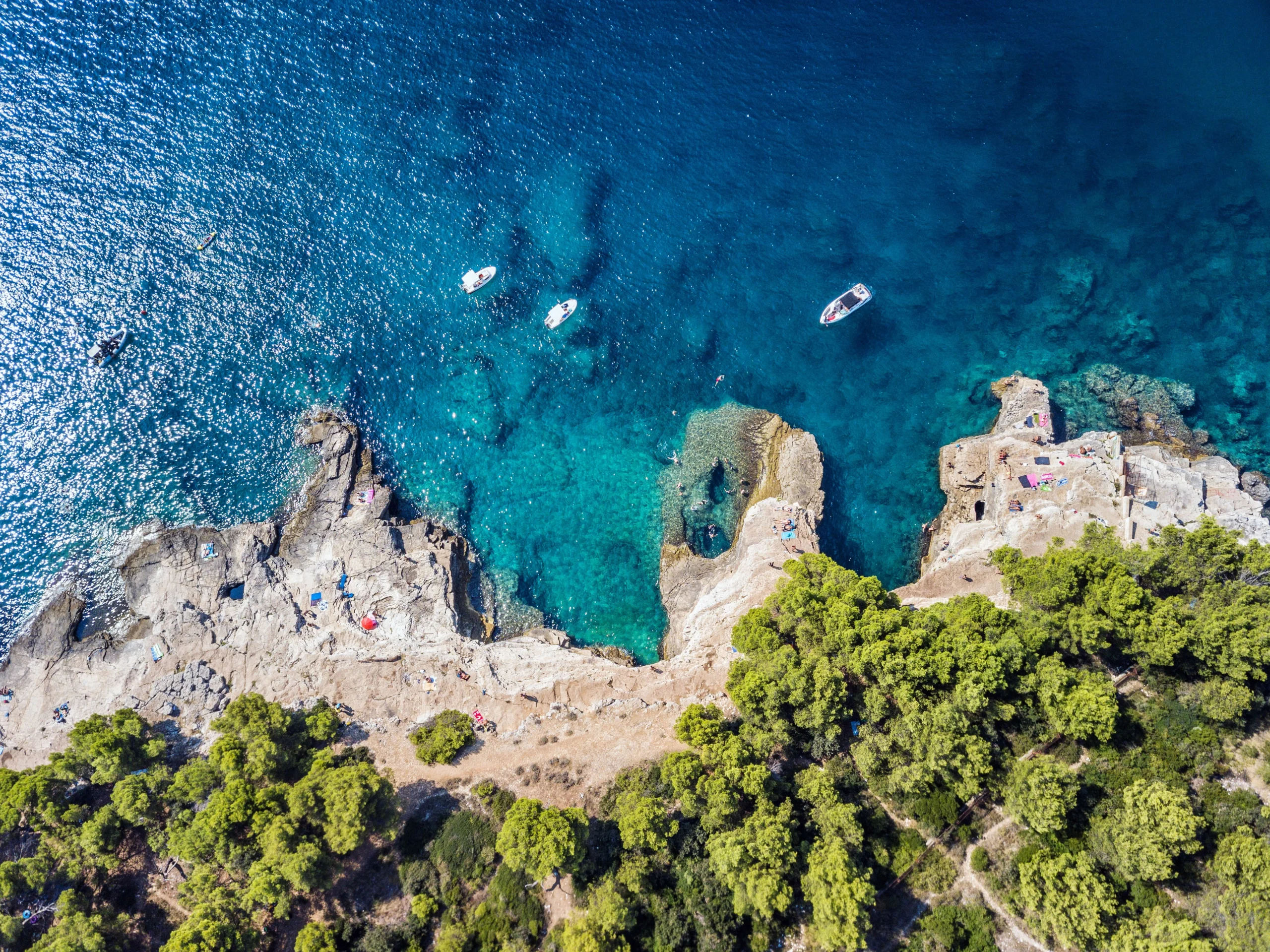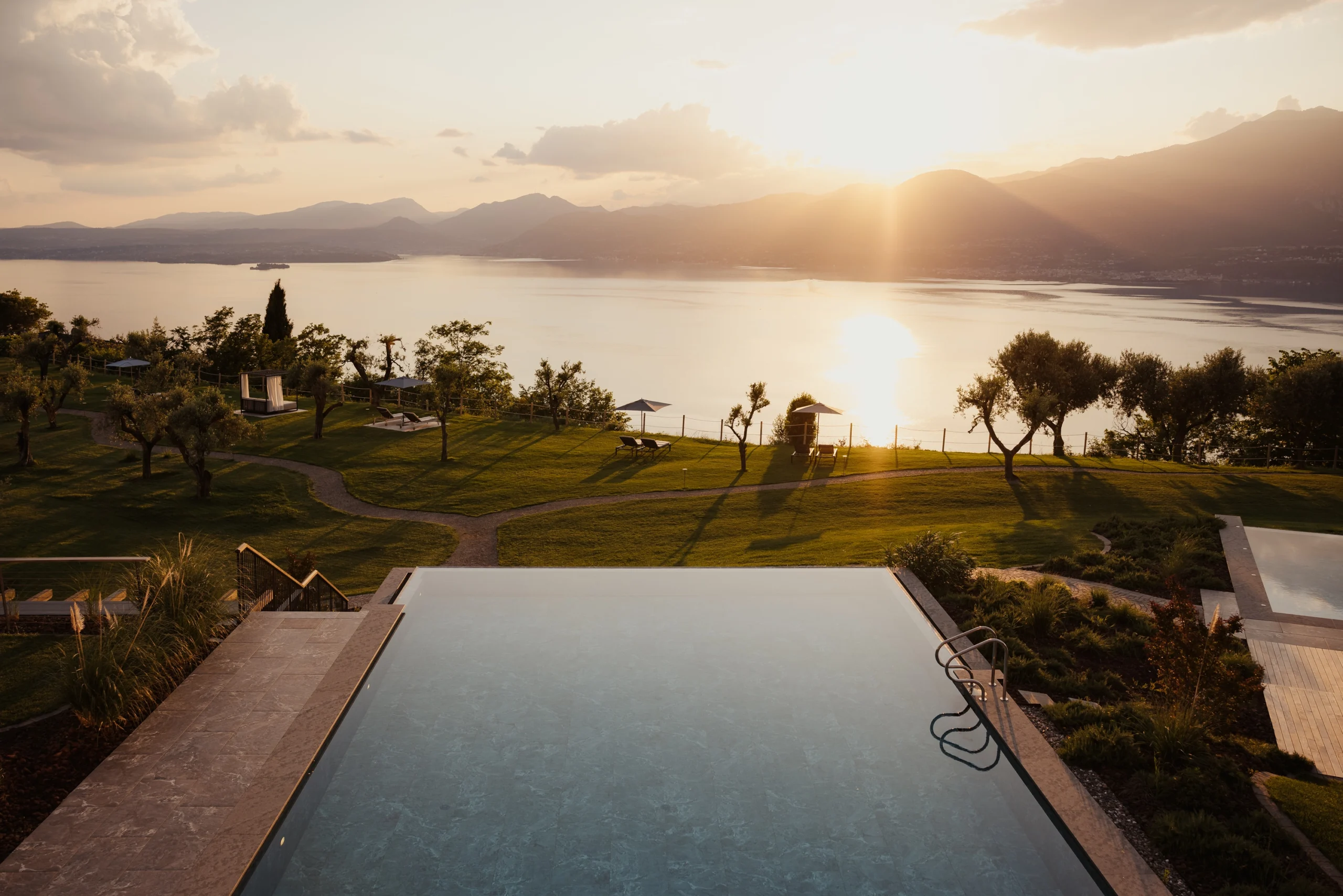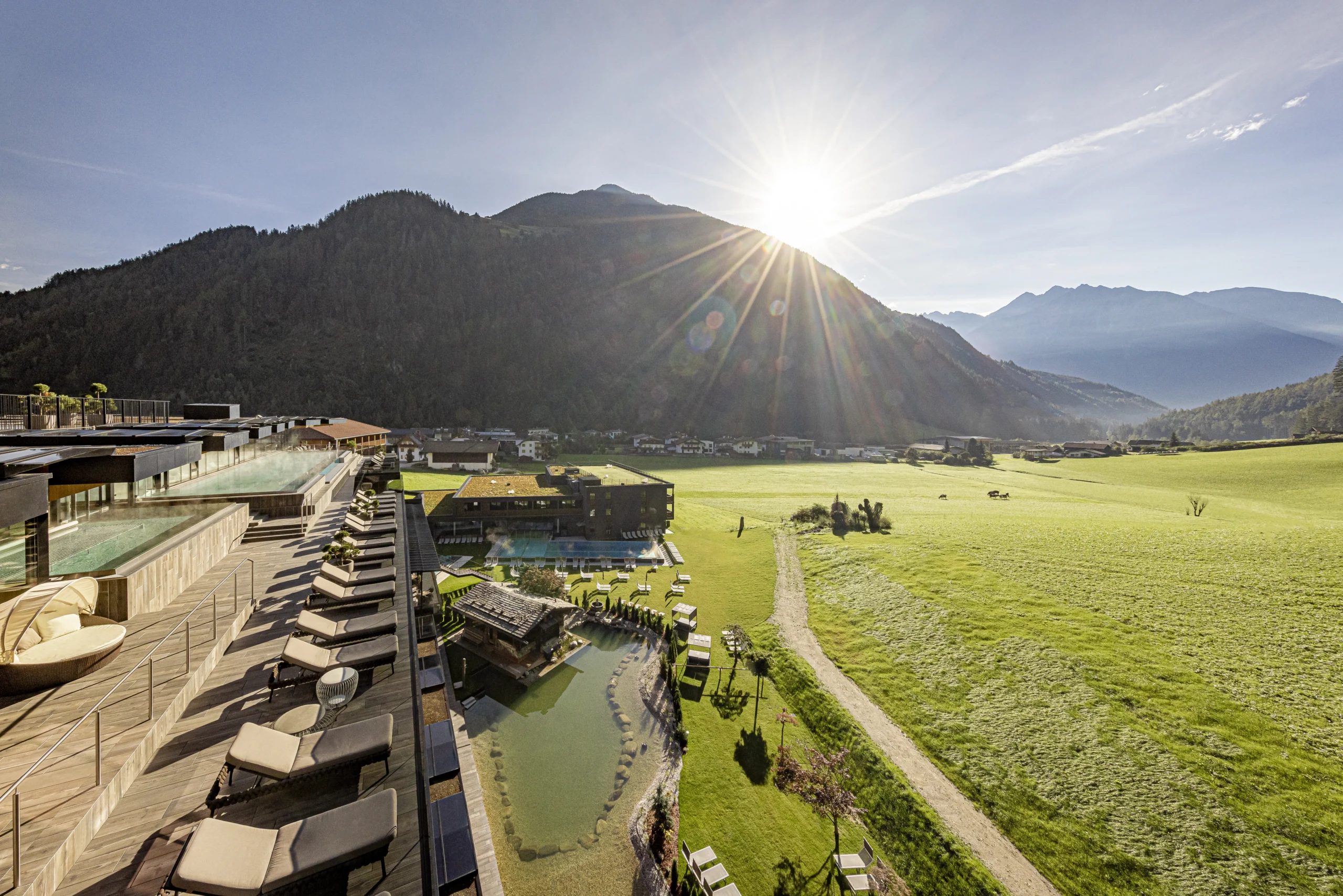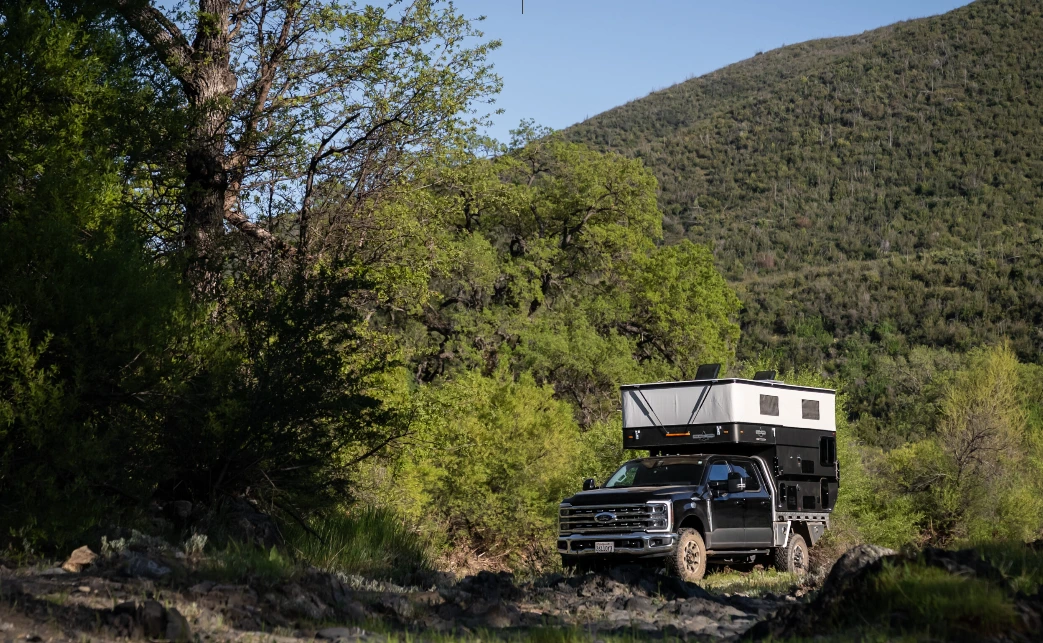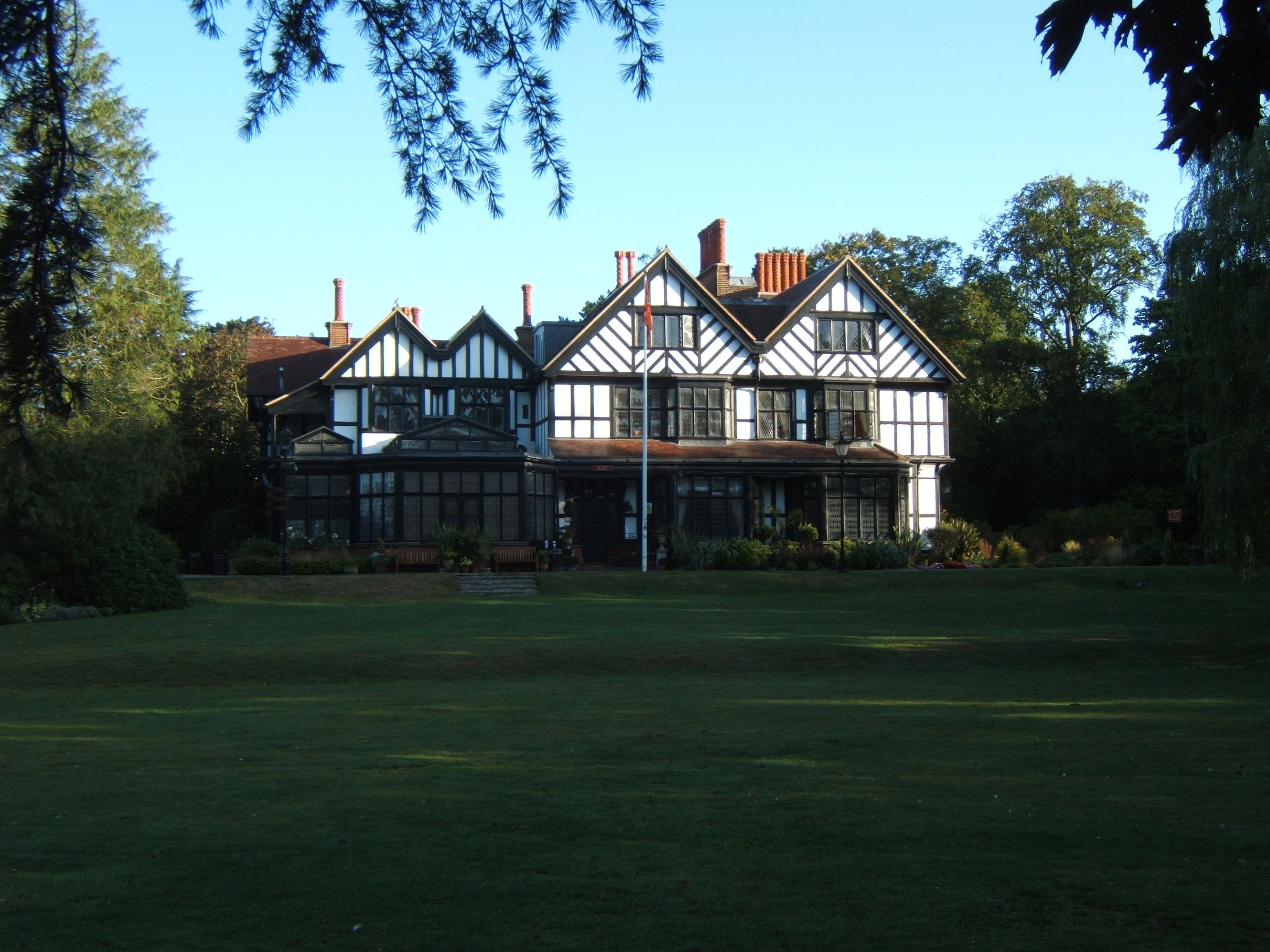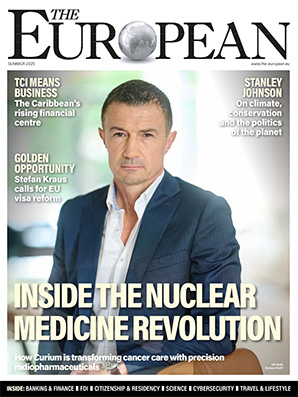Colombia to open up remote tourism regions with upgraded airstrips

John E. Kaye
- Published
- Business Travel
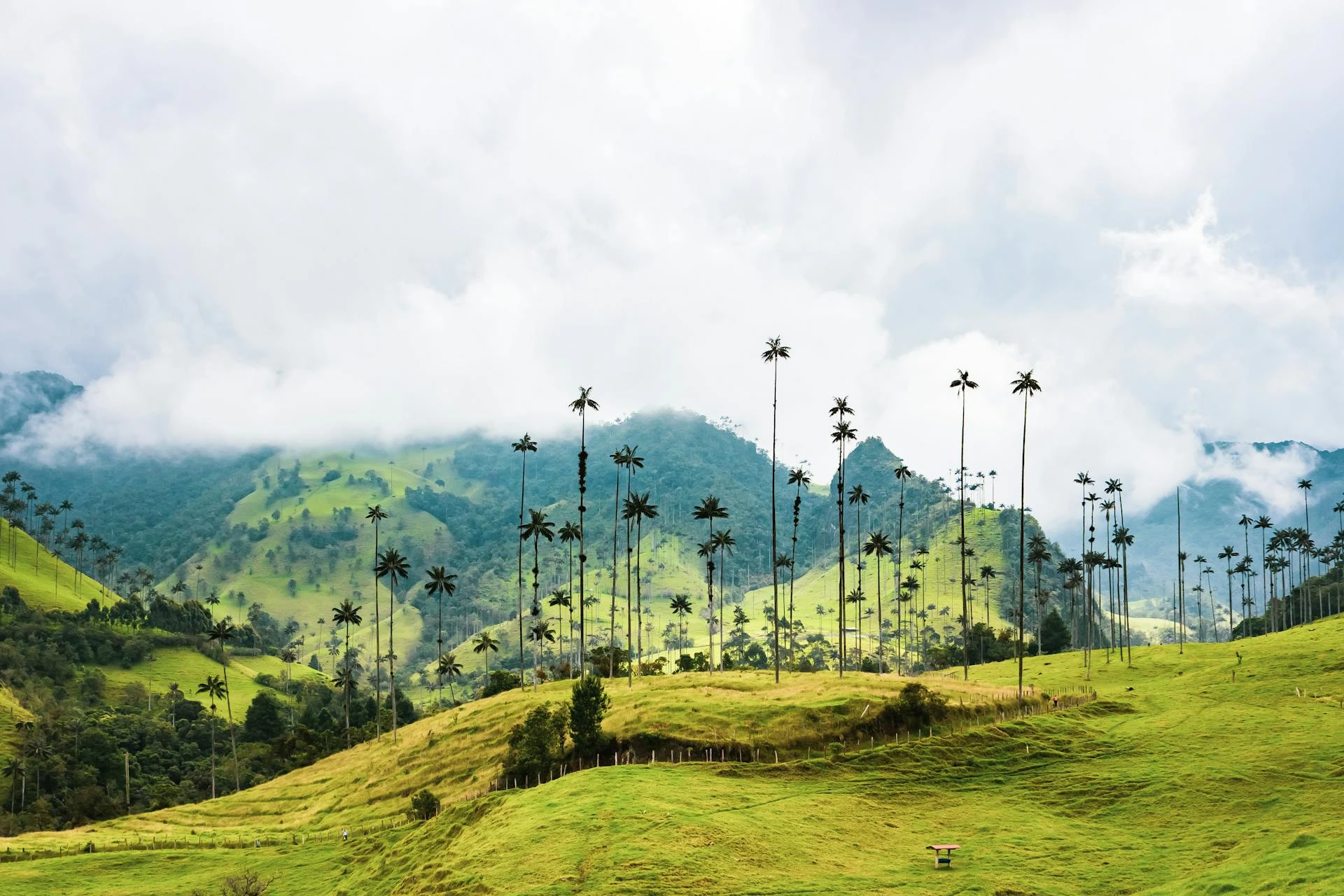
Colombia has launched a campaign to boost tourism in its most isolated regions by upgrading around 20 rural airstrips and making them more accessible to international travellers
The project forms part of a national plan to improve air infrastructure and connect remote destinations across five of the country’s six tourism zones.
Under the name Runways of Hidden Beauty, the initiative is being led by ProColombia and the Civil Aviation Authority, with the goal of opening up lesser-known destinations such as Tolú and Bahía Solano. Improvements to local airstrips are already underway, aimed at strengthening regional connectivity and giving travellers easier access to areas that have long been overlooked due to poor transport links.
Among the first locations to benefit is Tolú, a small coastal town in the Colombian Caribbean, known for its calm beaches, mangroves and nearby natural reserves. Visitors use it as a base to explore attractions such as the San Bernardo Islands, Ciénaga de la Leche, and the mangroves of Coveñas. Inland, Tolú connects to ecotourism sites like the Altamira Nature Refuge, Toluviejo Caves, Wapiti Forest Reserve, and Sanguaré Nature Reserve in San Onofre, as well as spring-fed swimming holes and natural caves in the Montes de María and Paramillo National Natural Park.
Bahía Solano, on the Pacific coast, is another key site in the campaign. The region is famous for humpback whale watching—particularly around Nuquí and the Utría National Natural Park—alongside its pristine beaches, rivers, and jungle trails. Travellers can hike to Termales and Jurubirá, visit Tigre Waterfall, or join Indigenous Emberá guides on eco-trails in Mecana. Increasing numbers of locally-run sustainable hotels, such as Posada Chachita, MorroMico, and Hotel Mecana, are also beginning to draw tourists interested in low-impact, community-based travel.
Carmen Caballero, president of ProColombia, said: “With this initiative, we hope the impact goes beyond tourism and becomes a true transformation for the well-being of thousands of communities. If we succeed in attracting more travelers to these destinations thanks to better connectivity, their presence could become an unprecedented boost to local economies. In addition, working closely with Military Engineers on infrastructure projects allows us to send a message of trust and closeness to both communities and visitors.”
The plan, which will span five major tourism regions—the Colombian Greater Caribbean, Colombian Pacific, Amazon-Orinoquía, Colombian Massif, and the Eastern Andes—includes both marketing efforts and physical improvements to airstrips. Some areas, such as Bahía Solano, already receive small aircraft, but enhancements aim to make these routes more frequent, reliable and better equipped to handle international visitors.
The campaign is being promoted internationally in key markets including the United Kingdom, United States, France, Germany and Argentina, as well as emerging tourism markets such as Italy and the Netherlands. A social media push using the hashtags #HiddenBeauty and #BellezaEscondida will accompany the rollout.
“Runways of Hidden Beauty brings value to Colombia’s natural and cultural richness, promoting authentic experiences that cater to the new motivations of travelers. This initiative is expected to attract a wide range of tourists—from those seeking nature and cultural connections to others interested in community-based tourism or beach vacations,” Caballero added.
Main photo: Chris Rodriguez/Pexels
Sign up to The European Newsletter
RECENT ARTICLES
-
 Countdown to Davos 2026 as Switzerland gears up for the most heated talks in years
Countdown to Davos 2026 as Switzerland gears up for the most heated talks in years -
 Prague positions itself as Central Europe’s rising MICE powerhouse
Prague positions itself as Central Europe’s rising MICE powerhouse -
 Bleisure boom turning Gen Z work travel into ‘life upgrade’
Bleisure boom turning Gen Z work travel into ‘life upgrade’ -
 Europe’s property market shows fragile recovery as EXPO REAL survey highlights housing demand and policy strain
Europe’s property market shows fragile recovery as EXPO REAL survey highlights housing demand and policy strain -
 Inside London’s £1bn super-hotel with £20k penthouses, private butlers and a gilded eagle
Inside London’s £1bn super-hotel with £20k penthouses, private butlers and a gilded eagle -
 The five superyacht shows that matter most
The five superyacht shows that matter most -
 A world in gold: Andersen Genève launches the Communication 45
A world in gold: Andersen Genève launches the Communication 45 -
 Uber plots Channel Tunnel disruption with app-bookable high-speed trains
Uber plots Channel Tunnel disruption with app-bookable high-speed trains -
 Game, set...wax. Billie Jean King statue unveiled in New York
Game, set...wax. Billie Jean King statue unveiled in New York -
 How a tiny Black Forest village became a global watchmaking powerhouse
How a tiny Black Forest village became a global watchmaking powerhouse -
 Memories of Tehran, a city of contrasts
Memories of Tehran, a city of contrasts -
 Addiction rehab and recovery at Hope Thailand
Addiction rehab and recovery at Hope Thailand -
 Capital gains: inside Kinshasa’s flagship five-star hotel
Capital gains: inside Kinshasa’s flagship five-star hotel -
 This under-the-radar spot is Europe’s best late summer escape
This under-the-radar spot is Europe’s best late summer escape -
 Why Madeira is Europe’s ultimate island retreat
Why Madeira is Europe’s ultimate island retreat -
 Three resorts, three generations, and one extraordinary family legacy
Three resorts, three generations, and one extraordinary family legacy -
 Wellness with a view at Cape of Senses
Wellness with a view at Cape of Senses -
 Travel across five European countries by train in under one day
Travel across five European countries by train in under one day -
 Spring into Ahrntal – the best-kept secret of the Italian Alps
Spring into Ahrntal – the best-kept secret of the Italian Alps -
 Stanley Johnson discovers the Mediterranean’s best-kept secret
Stanley Johnson discovers the Mediterranean’s best-kept secret -
 You can now sleep at the Ritz for £16 — here's how
You can now sleep at the Ritz for £16 — here's how -
 Disneyland marks 70th anniversary with year-long programme of events
Disneyland marks 70th anniversary with year-long programme of events -
 Is this the ultimate camper for digital nomads?
Is this the ultimate camper for digital nomads? -
 Let It Be… your next getaway: inside George Harrison’s £40-a-night wellness retreat
Let It Be… your next getaway: inside George Harrison’s £40-a-night wellness retreat -
 Uber goes the extra mile for fares in Puerto Rico
Uber goes the extra mile for fares in Puerto Rico


